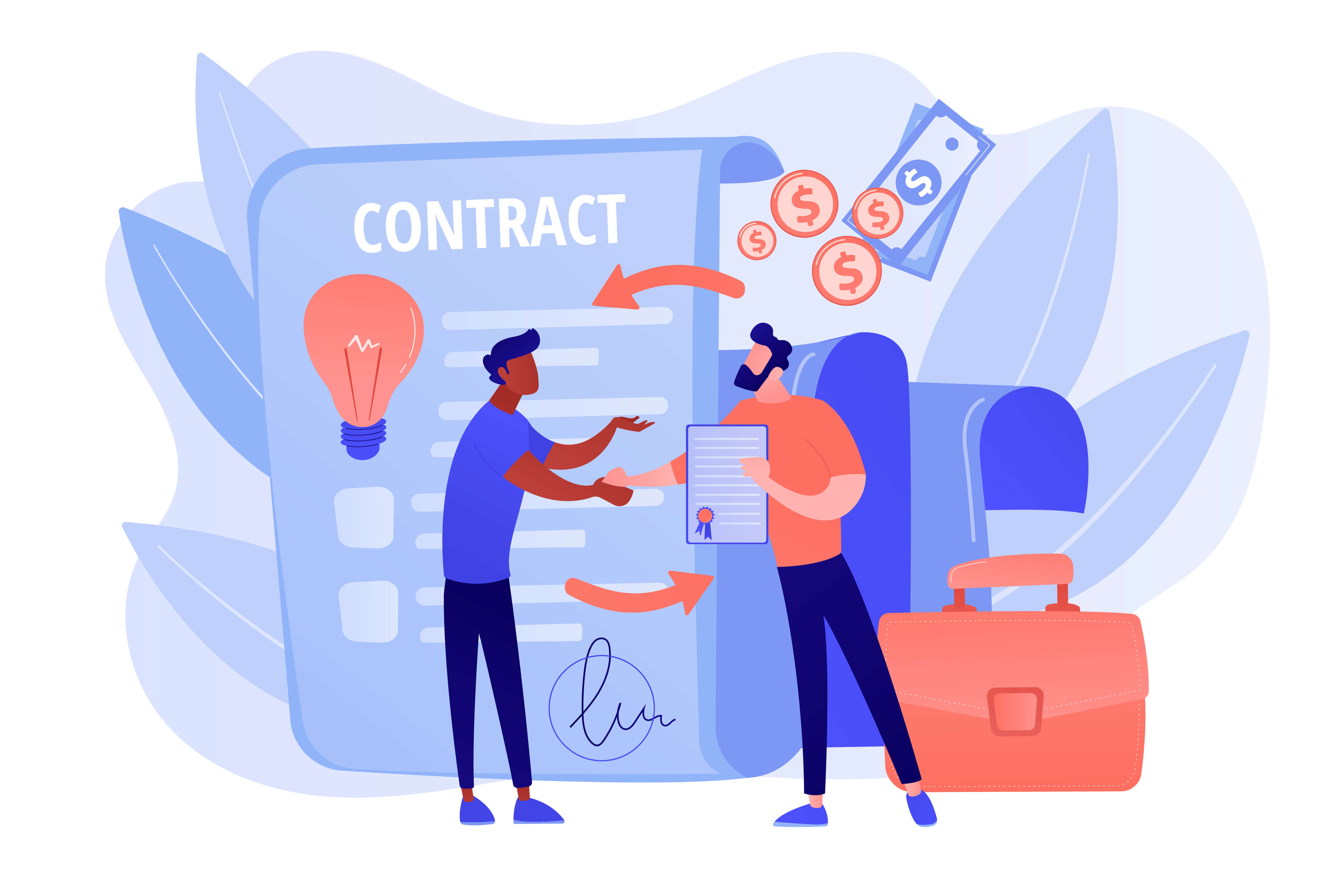16 September 2021
WHAT SUCCESSFUL COMPANIES KNOW ABOUT STRATEGIC SOURCING – WE CAN TELL YOU
Strategic sourcing became a clearly defined process about 30 years ago, and standalone tools that could automate some of the manual processes came into existence. We’ve come to a point where sourcing consultants must use tools for spend analysis, e-sourcing, contract management and supplier performance management for these activities to be considered “strategic.”
Strategic sourcing is a vital need for companies now, especially with businesses now widely spread across different geographies and supply chain risks higher than ever before. Procurement teams — under pressure to evolve with rapidly changing market conditions and embrace new opportunities (all while maintaining efficiency and costs) — are increasingly aware that traditional sourcing processes don’t get the job done like they did before.
How Leading Companies Have Upped Their Game?
- Getting Spend Analysis Right: Accurate, real-time information on spending patterns is essential for any sourcing strategy to be effective. Most companies are aware of the benefits of spend analysis. However, they still use semi-manual methods to consolidate, cleanse and reclassify spend data from different departments, enterprise systems and locations. They painstakingly resolve differences in terminology, style, etc. in this data. This process takes up a great deal of time and needs to be repeated to identify any changes in enterprise spend (by both supplier and commodity), compromising real-time spend visibility and accuracy, and resulting in value leakage. Some organizations realize the tremendous value of automating the entire process in terms of lowering spend and impacting bottom-line profits. They invest in automated solutions that easily integrate with their existing ERP systems and transform the source spend data from all key systems into a single data set. This data is then easily classified and analyzed to support activities in the entire source-to-pay cycle (reducing sourcing cycles, optimizing inventory, assisting in long-term planning, etc.)
- Acquiring Market Intelligence: Strategic sourcing is not simply about costs — managing risk effectively is equally vital. Natural disasters, political upheavals or even sudden policy changes often leave companies vulnerable to huge financial losses or even reputational damage. Yet, despite an awareness of this vulnerability, many companies have a reactive, rather than proactive approach to dealing with risk. However, they invest in well-designed, user-friendly business intelligence solutions that analyze data (on cost, KPIs, suppliers, negotiation levers, etc.) and reveal in-depth sourcing and procurement insights. Supply market intelligence also helps companies closely monitor supply market conditions and promptly address any risk that arises.
- Adopting the Right Technologies: More procurement managers are focusing on improving their department’s use of technology by investing in new systems and better using their current systems. Making technology adoption a priority is on the rise across companies. However, best-in-class procurement teams are focusing on greater adoption of digital, automated business solutions across the source-to-pay (S2P) process. They are replacing harder-to-use, first and second-generation solutions with cloud-based ones that are user friendly and more responsive.
